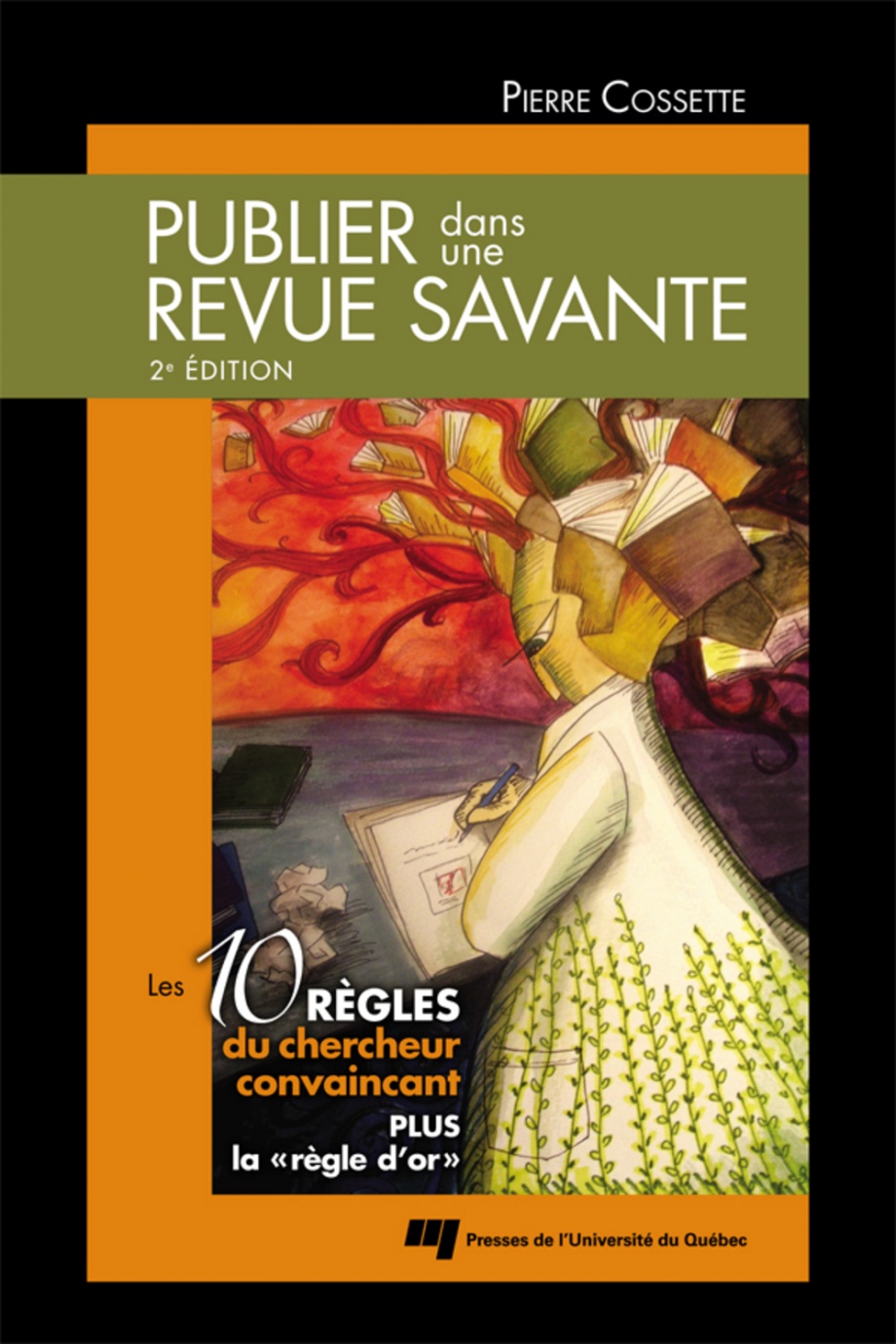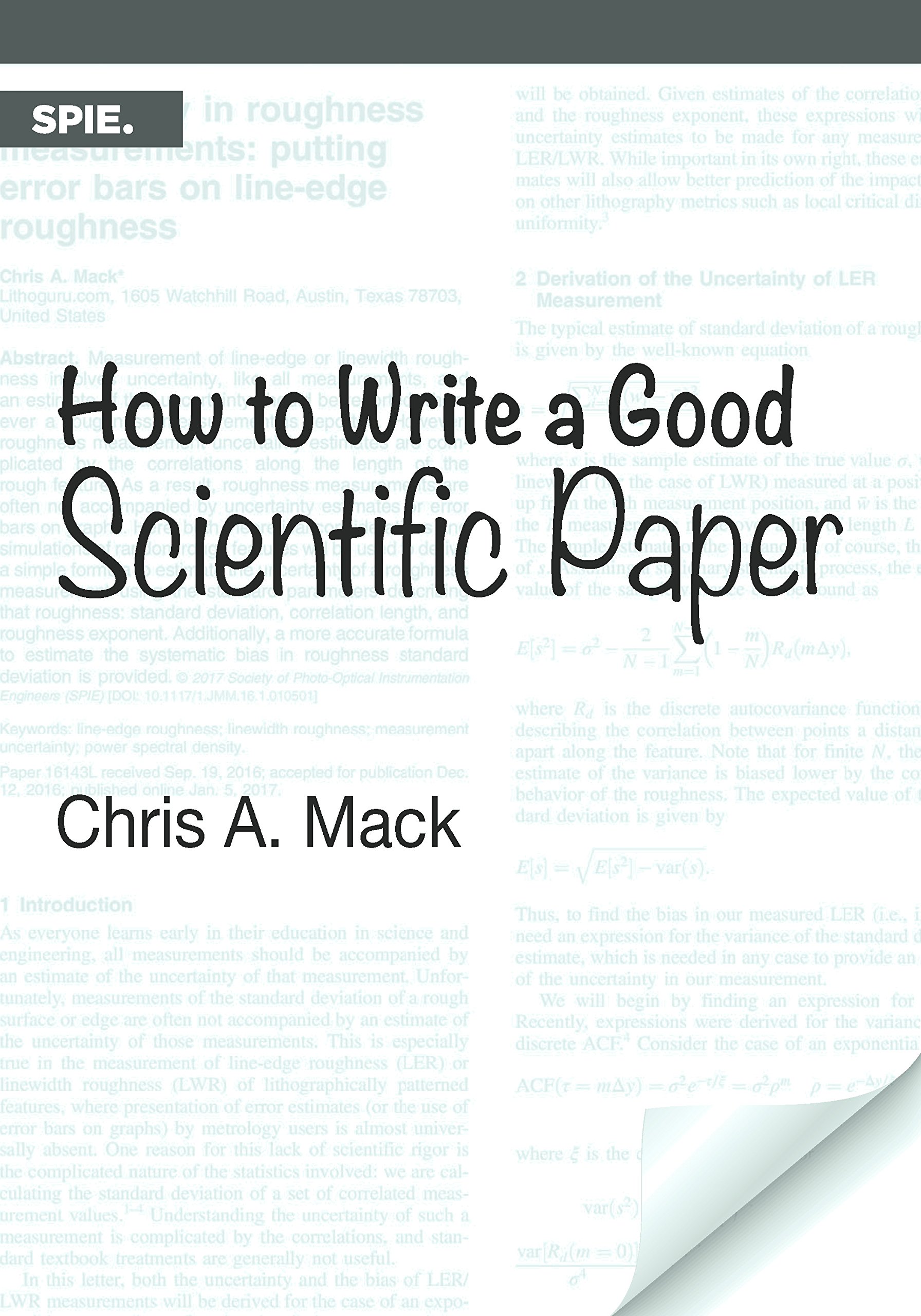How to Write and Publish a Scientific Article
The Guide for Authors, your ally!
The journal's guide for authors presents the guidelines on how to write an article for submitting it to that journal: how to include footnotes, how to number the figures, what style to use for the reference list or bibliography, etc.
The guide for authors should be the first thing you read before writing your article. Following the journal recommendations increases the chances that your article will be accepted and published.
For example, consult the section Information for Authors of the IEEE Transactions on Antennas and Propagation.
The structure of an article
The structure of a scientific paper may vary from one field of engineering to another, but generally consists of the following parts:
At the beginning of the article:
- Title;
- Authors (and affiliations);
- Abstract;
- Keywords.
In the article body (according to the IMReD template):
- Introduction;
- Materials and methods;
- Results;
- Discussion and conclusion.
At the end of the article:
- Bibliographic references
- Acknowledgements
Resources
For other resources on writing, consult the guide Presenting an Academic Work in Engineering.
Communicate science papers, posters, and presentations effectively -
ISBN: 9780128015001Publication Date: 2015Access limited to one user at a time.
The Library owns the print edition. Publier dans une revue savante : les 10 règles du chercheur convaincant - ISBN: 9782760544307Publication Date: 2016
Publier dans une revue savante : les 10 règles du chercheur convaincant - ISBN: 9782760544307Publication Date: 2016Scientific Writing and Communication : papers, proposals, and presentation (4th ed.) -
ISBN: 9780190063283Publication Date: 2020 How to Write a Paper - Publication Date: 2011Written by Mike Ashby, Engineering Department, University of Cambridge
How to Write a Paper - Publication Date: 2011Written by Mike Ashby, Engineering Department, University of Cambridge
Advice from Polytechnique experts
At Polytechnique, Professors Daria Camilla Boffito and Gregory Scott Patience have been working on the issue of scientific communication. They published a questionnaire entitled "How do you write and present research well?" in the Canadian Journal of Chemical Engineering, followed by a series of articles answering each question and offering writing tips.
How do you write and present research well? Answers to the 20 questions (includes a brief discussion):
Consult all the articles in the series.
The journal Nature discussed the work of Professors Patience and Boffito on the practices of assigning authorship in the article Who gets credit? Survey digs into the thorny question of authorship. Also read the Polytechnique news on the subject.







